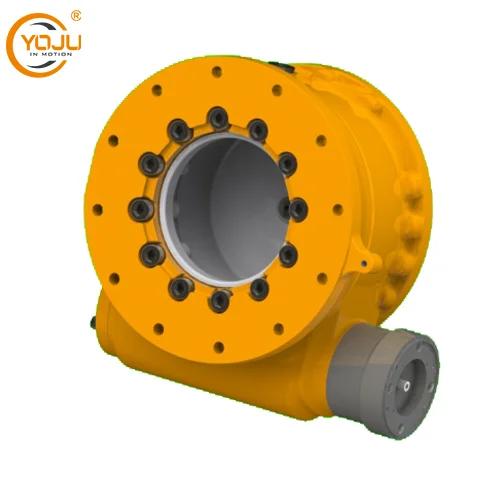In the realm of baking and food science, raising agents play a crucial role in creating light, fluffy, and well-risen baked goods. Two primary types of raising agents dominate the industry: chemical and biological. Understanding the differences between these two categories is essential for achieving optimal results in baking. In this article, we will delve into the intricacies of chemical and biological raising agents, exploring their unique characteristics, mechanisms, and applications.
- Chemical Raising Agents:
Chemical raising agents, as the name suggests, rely on chemical reactions to release carbon dioxide gas, causing the dough or batter to rise. The most common chemical raising agents include baking powder, baking soda, and cream of tartar. Let's explore their characteristics:
1.1 Baking Powder:
Baking powder is a combination of an acid (usually cream of tartar) and an alkaline substance (typically baking soda). When mixed with moisture and heat, the acid and alkaline components react, producing carbon dioxide bubbles. Key features of baking powder include:
- Double-acting: Baking powder releases carbon dioxide gas twice, once upon contact with moisture and again with heat during baking.
- Convenience: It eliminates the need for additional acidic ingredients in recipes, making it a versatile choice for various baked goods.
1.2 Baking Soda:
Baking soda, or sodium bicarbonate, is an alkaline compound that requires an acidic ingredient to trigger the release of carbon dioxide. Key features of baking soda include:
- Single-acting: Baking soda reacts and releases carbon dioxide gas only when it comes into contact with an acidic ingredient.
- Limited shelf life: Due to its reactive nature, baking soda has a shorter shelf life compared to baking powder.
- Biological Raising Agents:
Unlike chemical raising agents, biological raising agents rely on living organisms, such as yeast or sourdough starters, to produce carbon dioxide through fermentation. Let's explore their characteristics:
2.1 Yeast:
Yeast is a microscopic fungus that consumes sugars and converts them into carbon dioxide and alcohol through fermentation. Key features of yeast include:
- Versatility: Yeast is widely used in bread-making, contributing to the development of complex flavors and textures.
- Time-dependent: Yeast requires time to ferment and produce carbon dioxide, necessitating longer proofing or rising periods in recipes.
2.2 Sourdough Starters:
Sourdough starters consist of a mixture of flour and water inhabited by wild yeast and lactic acid bacteria. Key features of sourdough starters include:
- Unique flavor profile: The fermentation process in sourdough starters imparts a distinct tangy flavor to bread.
- Natural leavening: Sourdough starters offer an alternative to commercial yeast, providing a natural leavening agent.
Conclusion:
Understanding the differences between chemical and biological raising agents is crucial for achieving desired results in baking. Chemical raising agents, such as baking powder and baking soda, rely on chemical reactions, while biological raising agents, like yeast and sourdough starters, utilize fermentation. By considering the unique characteristics and mechanisms of each type, bakers can make informed choices to create delectable baked goods with the desired texture, flavor, and rise. So, whether you opt for the precision of chemical raising agents or the artistry of biological ones, the key lies in mastering their applications and unleashing your creativity in the kitchen.







+ There are no comments
Add yours